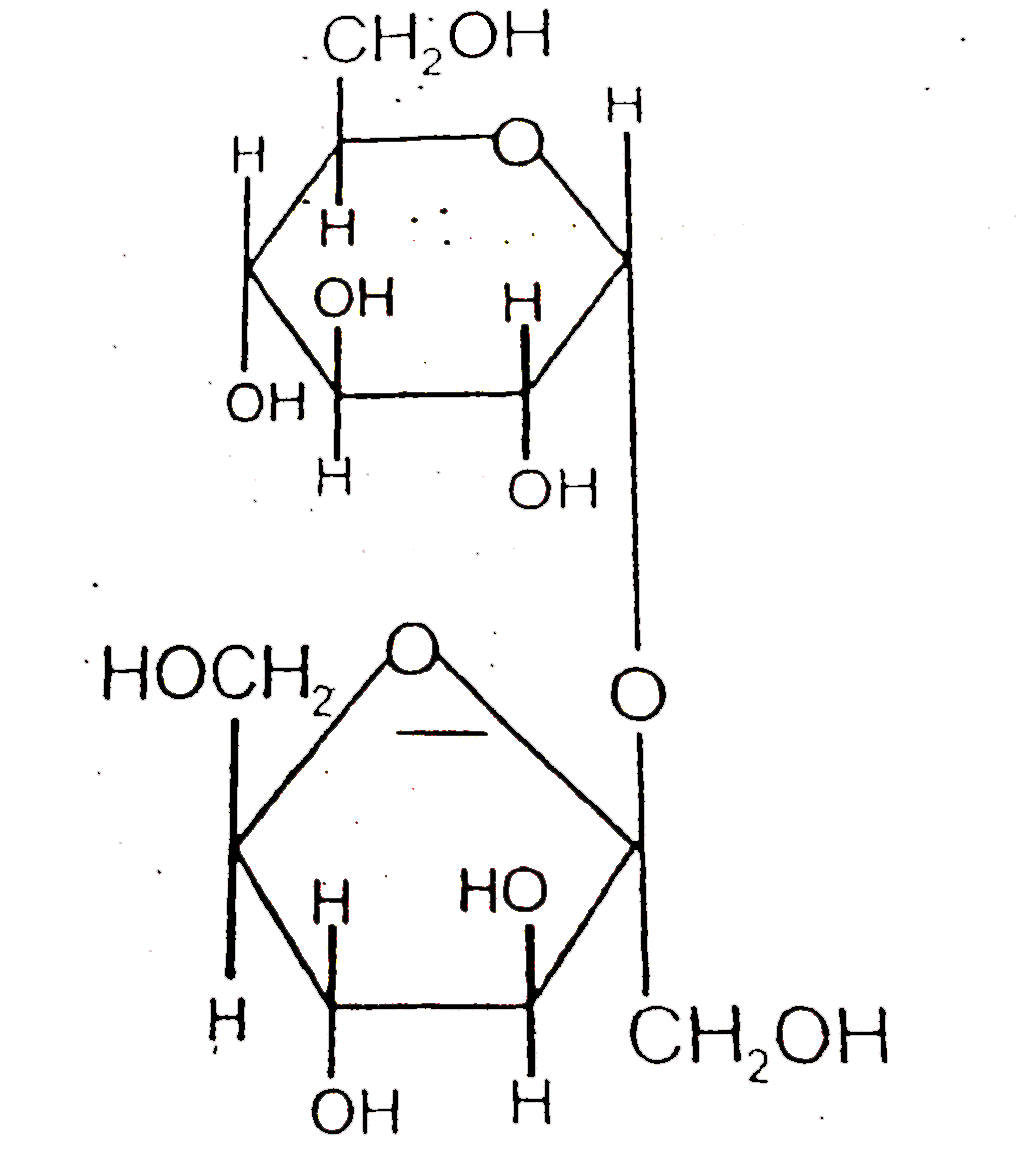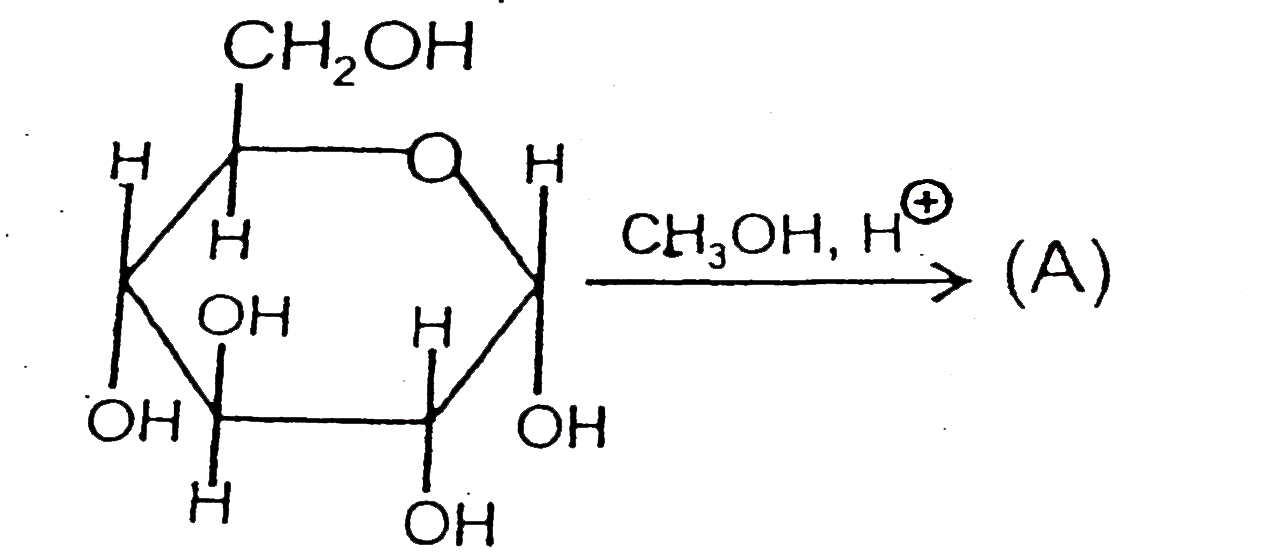Aldose and ketose sugars
Step-by-Step Solution
1. Definition of Monosaccharides:
- Monosaccharides are the simplest form of carbohydrates that cannot be hydrolyzed further into simpler sugars. They are the basic building blocks of carbohydrates.
2. Categories of Monosaccharides:
- Monosaccharides are categorized based on the nature of their carbonyl group into two types: aldoses and ketoses.
3. Understanding the Carbonyl Group:
- The carbonyl group is a functional group characterized by a carbon atom double-bonded to an oxygen atom (C=O). The position of this group determines whether a sugar is classified as an aldose or a ketose.
4. Aldose Sugars:
- Aldoses are monosaccharides that have the carbonyl group in the aldehyde form. This means that the carbonyl group is located at the end of the sugar molecule.
- Example: Glucose is a common aldose sugar. Its chemical formula is C6H12O6, and it has six carbon atoms with the carbonyl group at the first carbon atom.
5. Ketose Sugars:
- Ketoses are monosaccharides that have the carbonyl group in the ketone form. This means that the carbonyl group is located within the carbon chain, specifically at the second carbon atom.
- Example: Fructose is a common ketose sugar. It also has the formula C6H12O6, but the carbonyl group is located at the second carbon atom.
6. Summary of Differences:
- The main difference between aldoses and ketoses lies in the position of the carbonyl group:
- In aldoses, the carbonyl group is at the end of the molecule (aldehyde form).
- In ketoses, the carbonyl group is within the chain (ketone form).
- Monosaccharides are the simplest form of carbohydrates that cannot be hydrolyzed further into simpler sugars. They are the basic building blocks of carbohydrates.
- Monosaccharides are categorized based on the nature of their carbonyl group into two types: aldoses and ketoses.
- The carbonyl group is a functional group characterized by a carbon atom double-bonded to an oxygen atom (C=O). The position of this group determines whether a sugar is classified as an aldose or a ketose.
- Aldoses are monosaccharides that have the carbonyl group in the aldehyde form. This means that the carbonyl group is located at the end of the sugar molecule.
- Example: Glucose is a common aldose sugar. Its chemical formula is C6H12O6, and it has six carbon atoms with the carbonyl group at the first carbon atom.
- Ketoses are monosaccharides that have the carbonyl group in the ketone form. This means that the carbonyl group is located within the carbon chain, specifically at the second carbon atom.
- Example: Fructose is a common ketose sugar. It also has the formula C6H12O6, but the carbonyl group is located at the second carbon atom.
- The main difference between aldoses and ketoses lies in the position of the carbonyl group:
- In aldoses, the carbonyl group is at the end of the molecule (aldehyde form).
- In ketoses, the carbonyl group is within the chain (ketone form).
Topper's Solved these Questions
- BOOK - ICSECHAPTER - BIOMOLECULESEXERCISE - REVIEW QUESTIONS (MULTIPLE CHOICE QUESTIONS)58videos
BIOMOLECULES
- BOOK - ICSECHAPTER - BIOMOLECULESEXERCISE - REVIEW QUESTIONS (FILL IN THE BLANKS)20videos
BIOMOLECULES
- BOOK - ICSECHAPTER - BIOMOLECULESEXERCISE - NCERT EXERCISES WITH ANSWERS12videos
BIOMOLECULES
- BOOK - ICSECHAPTER - BIOLOGY ISC SAMPLE QUESTION PAPER 2019EXERCISE - PART-II (SECTION -C)6videos
BIOLOGY ISC SAMPLE QUESTION PAPER 2019
- BOOK - ICSECHAPTER - BODY FLUIDS AND CIRCULATIONEXERCISE - DIFFRENTIATE BETWEEN13videos
BODY FLUIDS AND CIRCULATION
Similar Questions
A ketose sugar is
View SolutionFructose is a ketose sugar and also called
View SolutionA triose sugar is
View SolutionA hexose sugar is
View SolutionAldehydes ahd ketones are converted to acetals by treatment with an alcohol and a trace of acid catalyst. These conditions also convert aldoses and ketoses to the acetals, call glycosides. In glycosides, an aglycone is the group bonded to the anomeric carbon atom.
Example : Methanol is the aglycone in a methyl glycoside.
In ethyl α-D glucopyranoside, aglycone part isView SolutionAldehydes ahd ketones are converted to acetals by treatment with an alcohol and a trace of acid catalyst. These conditions also convert aldoses and ketoses to the acetals, call glycosides. In glycosides, an aglycone is the group bonded to the anomeric carbon atom.
Example : Methanol is the aglycone in a methyl glycoside.
In sucrose, two menosaccharides unit liked by
 View Solution
View SolutionAldehydes and ketones are converted to acetals by treatment with an alcohol and a trace of acid catalyst. These conditions also convert aldoses and ketoses to the acetals, call glycosides. In glycosides, an aglycone is the group bonded to the anomeric carbon atom.
Example : Methanol is the aglycone in a methyl glycoside.

A isView SolutionWhich one of the following is NOT correct for monosaccharides?
1. They are optically active polyhydroxy carbonyl compounds
2.Fructose is ketose sugar and hence it does not give red precipitate with Fehling solution
3. α−D(+) glucose and β−D(+) glucose are anomers
4. Glucose and mannose are anomersView SolutionClassify the following monosaccharides in proper aldoses and ketose.
 View Solution
View SolutionFind true and False from the following statements regarding carbohydrates
S1: All monosaccharides whether aldoses or ketoses are reducing sugars
S2: Bromine water can be used to differentiate between aldoses and ketones
S3:A pair of diasteromeric aldoses which differ only in configuration at C−2are anomers.
S4: Osazone formation destroys the configuration of C−2 of an aldose, but does not affect the configuration of the rest of the molecule.View Solution

